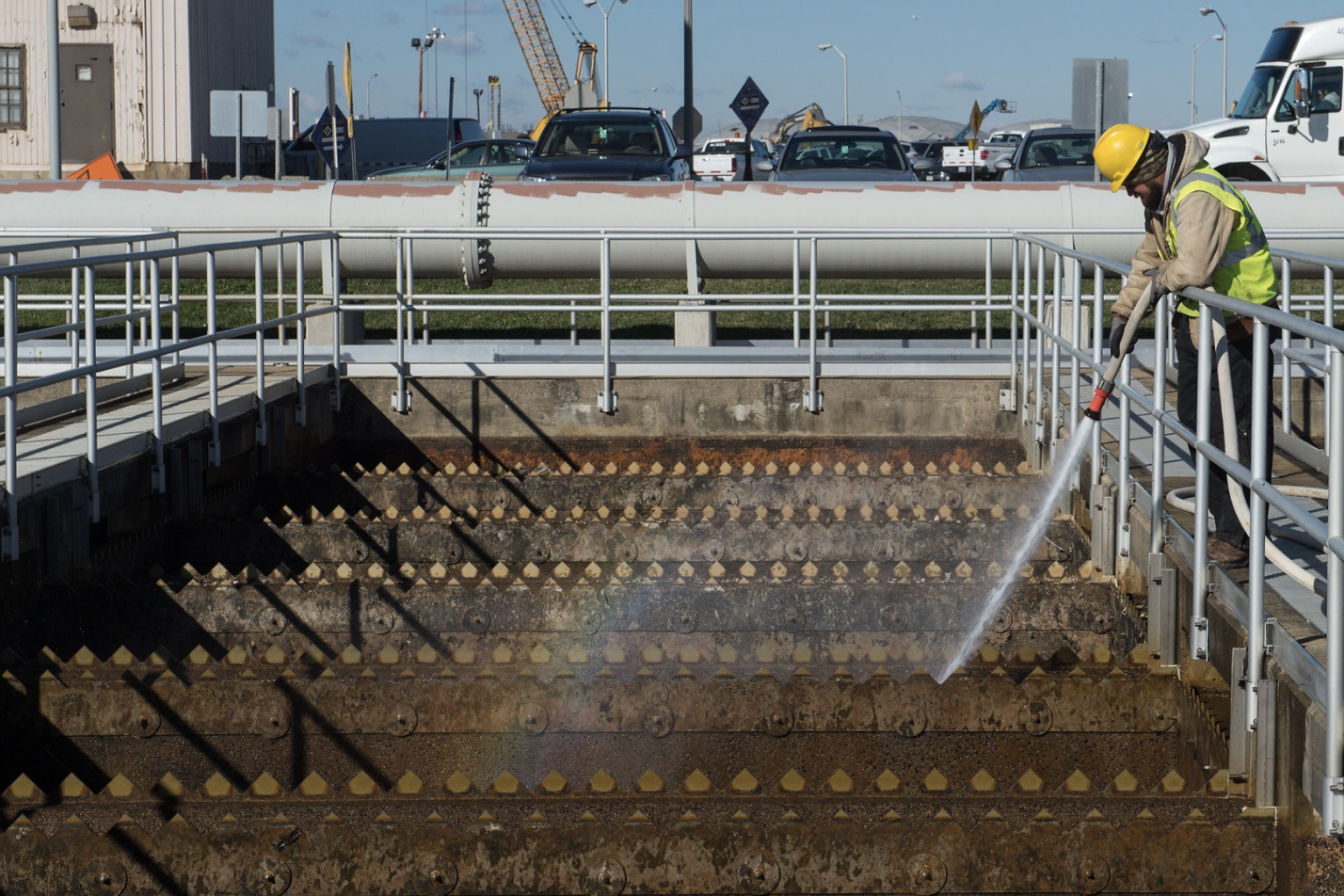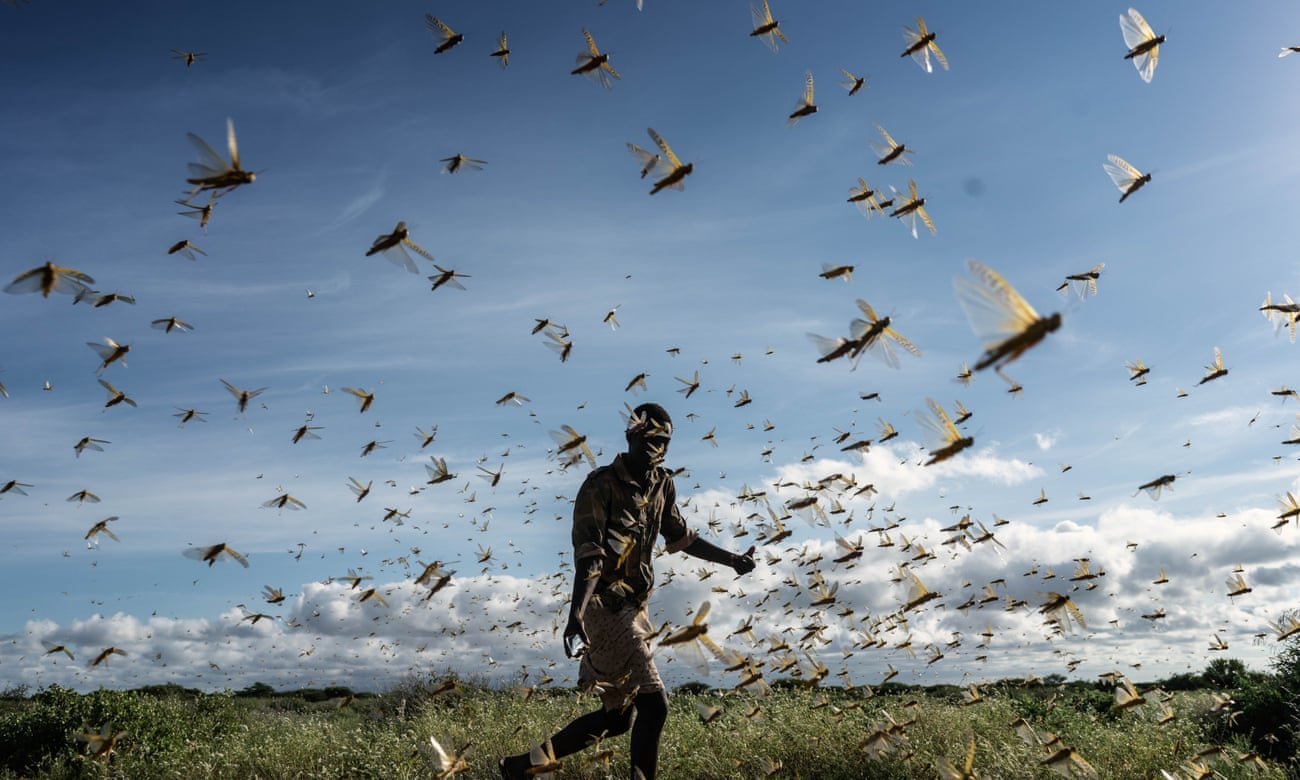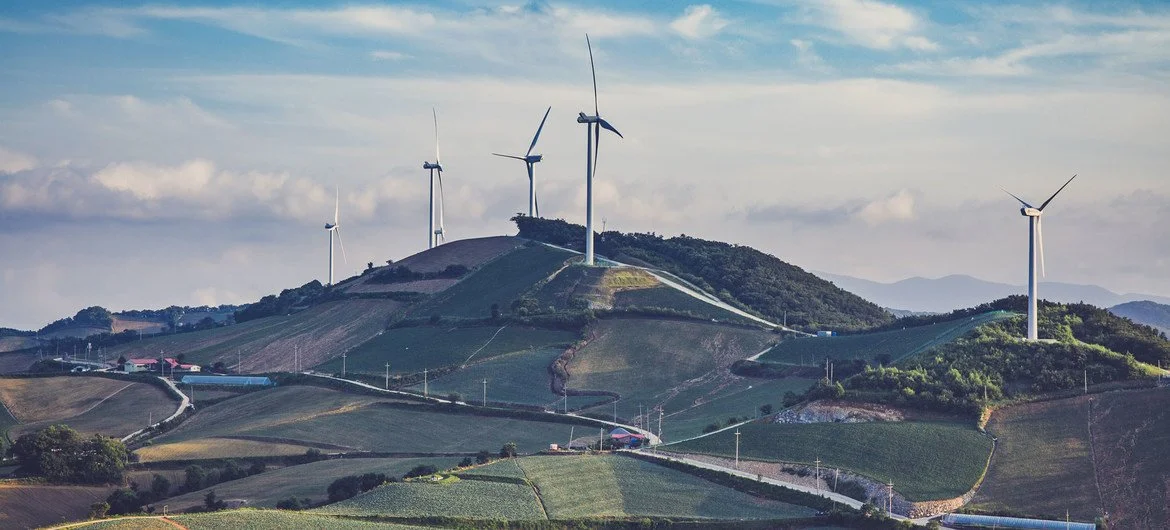WMO/Awangku Nazrulddin I The ocean drives global systems that make the Earth habitable for humankind.
The planet is facing the triple crises of climate disruption, biodiversity loss and pollution, Secretary-General António Guterres told the One Ocean Summit on Friday, warning that “the ocean shoulders much of the burden”.
As the ocean serves as a giant carbon and heat sink, it is growing warmer and more acidic, causing its ecosystems to suffer.
“Polar ice is melting and global weather patterns are changing”, the UN chief said in his video message to the conference, taking place this week in the northern French coastal city of Brest.
Ripple effect
The communities who rely on the ocean are hurting as well, he added: “More than three billion people depend on marine and coastal biodiversity for their livelihoods”.
He painted a grim picture of dwindling marine species; dying coral reefs; coastal ecosystems turned into “vast dead zones” as they serve as dumping grounds for sewage; and nutrients and seas choked by plastic waste.
Moreover, fish stocks are being threatened by over and destructive fishing practices, along with illegal, unreported and unregulated fishing.
“We must change tack”, underscored the Secretary-General.
Adhering to the law
It is 40 years since the signing of the UN Convention on the Law of the Sea. “The importance of legal certainty in the ocean is paramount”, said Mr. Guterres.
He upheld that the second UN Ocean Conference, which will be held in Lisbon from 27 June to 1 July this year, is “an opportunity to cement the role of the ocean” in global efforts to achieve the Sustainable Development Goals (SDGs) and implement the Paris Agreement on climate change.
Blue economy
The UN chief stressed that intensified efforts must be made to protect the ocean, saying that a “sustainable blue economy can drive economic progress and job creation”, while protecting climate.
“We need more, and more effective partnerships, to address land-based sources of marine pollution…urgency in the deployment of offshore renewable energy, which can provide clean power and employment, and…[less] fossil fuels in the ocean economy”, he said.
Mr. Guterres welcomed “encouraging steps” taken by some countries, including France, to end single-use plastics and urged others to follow suit.
Nature-based solutions
With some 90 per cent of world trade transported by sea, he said that shipping accounts for nearly three per cent of global greenhouse gas emissions.
WMO/Hwang Seonyoung I Warmer temperatures mean melting sea ice, increasing ocean temperatures, and warmer water – affecting ecosystems and global weather pattern
“The shipping sector needs to contribute to the necessary 45 per cent cut in emissions needed by 2030, and zero emissions by 2050, in the effort to keep alive our hopes of limiting global temperature rise to 1.5 degrees Celsius”, spelled out the UN chief.
A breakthrough on adaptation and resilience for coastal communities whose lives, homes and livelihoods are at risk is also imperative.
“We must capitalize on the opportunities that nature-based solutions, such as mangroves and seagrasses, provide”, he added.
Viable ocean economy
To promote a sustainable ocean economy, the Secretary-General highlighted the need for global partnerships and investment along with increased support to ocean science “so our actions are based on knowledge and understanding of the ocean”.
“Too much remains unmapped, unobserved and unexplored”, he said.
Throughout the UN Decade of Ocean Science for Sustainable Development, Mr. Guterres encouraged concerned citizens everywhere to “deliver on our collective promise of a healthy blue planet for future generations”.




































